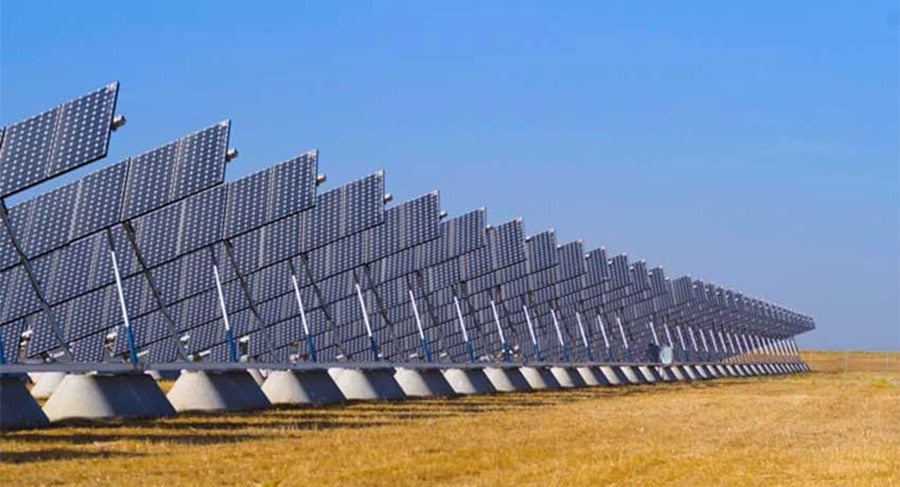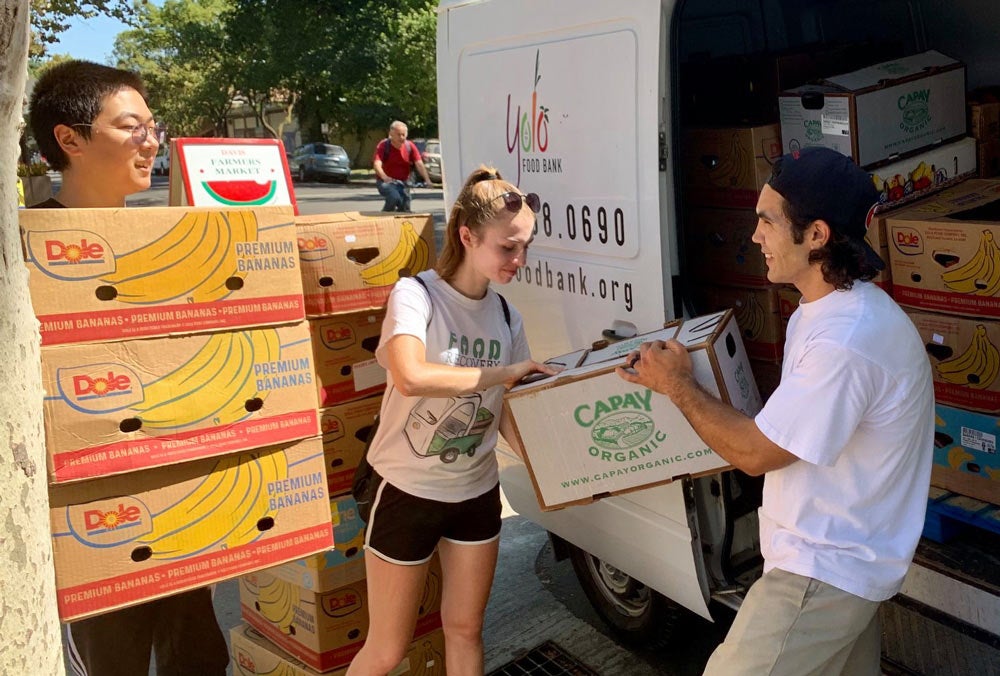From the smallest of deeds, like recovering surplus food to give to people in need (and keeping the food out of the waste stream), to large renewable energy projects, UC Davis’ efforts in sustainability have the nation and world taking notice — again.
In the 10th annual GreenMetric rankings that came out earlier this month, UC Davis is acknowledged for the third year in a row as the No. 1 “most sustainable” university in the United States and No. 3 globally.
The UI GreenMetric World University Rankings from the University of Indonesia evaluated 780 universities in 2019, up from 719 last year and 619 the year before.
THE ‘BIG SHIFT’
A major project in the works will cut UC Davis’ greenhouse gas emissions and water use by changing the way the campus heats its buildings, going from steam to low-temperature hot water in a project called the “Big Shift.” Learn more in the video above.
The rankings give the most weight to an indicator labeled “energy and climate change,” which takes into account such factors as renewable energy use and sources. The UC system uses a total of some 273 million kilowatt hours of renewable energy annually, more than any other university or college in the United States, according to data released Oct. 21 by the U.S. Environmental Protection Agency — and UC Davis is responsible for securing more than half of that amount.
“Our investments on and off campus continue to pay dividends in reducing our greenhouse gas emissions,” said Camille Kirk, UC Davis’ director of sustainability.
In 2018, clean, renewable sources accounted for 59 percent of the electricity used on campus: 14 percent on-site (solar farm) and 45 percent off-site (two solar farms in Fresno County). Of the rest, 14 percent came from large hydropower (carbon neutral but not renewable) and 27 percent from the Western Area Power Administration.

What goes into GreenMetric
Here are all of the GreenMetric indicators (and some of the criteria for each one):
- Energy and climate change — Smart buildings and green buildings, in addition to greenhouse gas emissions reduction program.
- Setting and infrastructure — Ratio of open space to total area, area of campus covered in planted vegetation and area on campus for water absorbance.
- Transportation — Ratio of total vehicles to total campus population, shuttle service and number of transportation initiatives to decrease private vehicles on campus.
- Waste — Recycling and program to reduce the use of paper and plastic.
- Water — Conservation and recycling, and water-efficient appliances.
- Education and research — Ratio of sustainability courses to total courses/subjects, number of published papers on the environment and sustainability, number of scholarly events related to the environment and sustainability, and the number of student organizations related to the environment and sustainability.
Kirk noted the Office of Sustainability, in gathering information for the GreenMetric rankings, counted at least 283 sustainability-related events held on campus every year.

One of them this year was the first Campus Sustainability Summit, held May 31, during which Kirk outlined the university’s initiatives and progress, and presented the inaugural Sustainability Champion Awards.
Among the recipients: undergraduate Evan Dumas, honored for his leadership in food recovery, waste diversion, education and fostering food security. Dumas, who graduated in June with a degree in biotechnology, served as president of the Food Recovery Network, a student-run network that retrieves surplus food from campus and delivers the food to the ASUCD Pantry or community food banks.
In presenting the award, the Office of Sustainability noted that under Dumas’ leadership the Food Recovery Network had expanded its scope and influence. Data from the network show that from 2017-18 to 2018-19 it more than doubled the amount of food diverted from the landfill, to 41,435 pounds.
Media Resources
Dateline Staff, 530-752-6556, dateline@ucdavis.edu